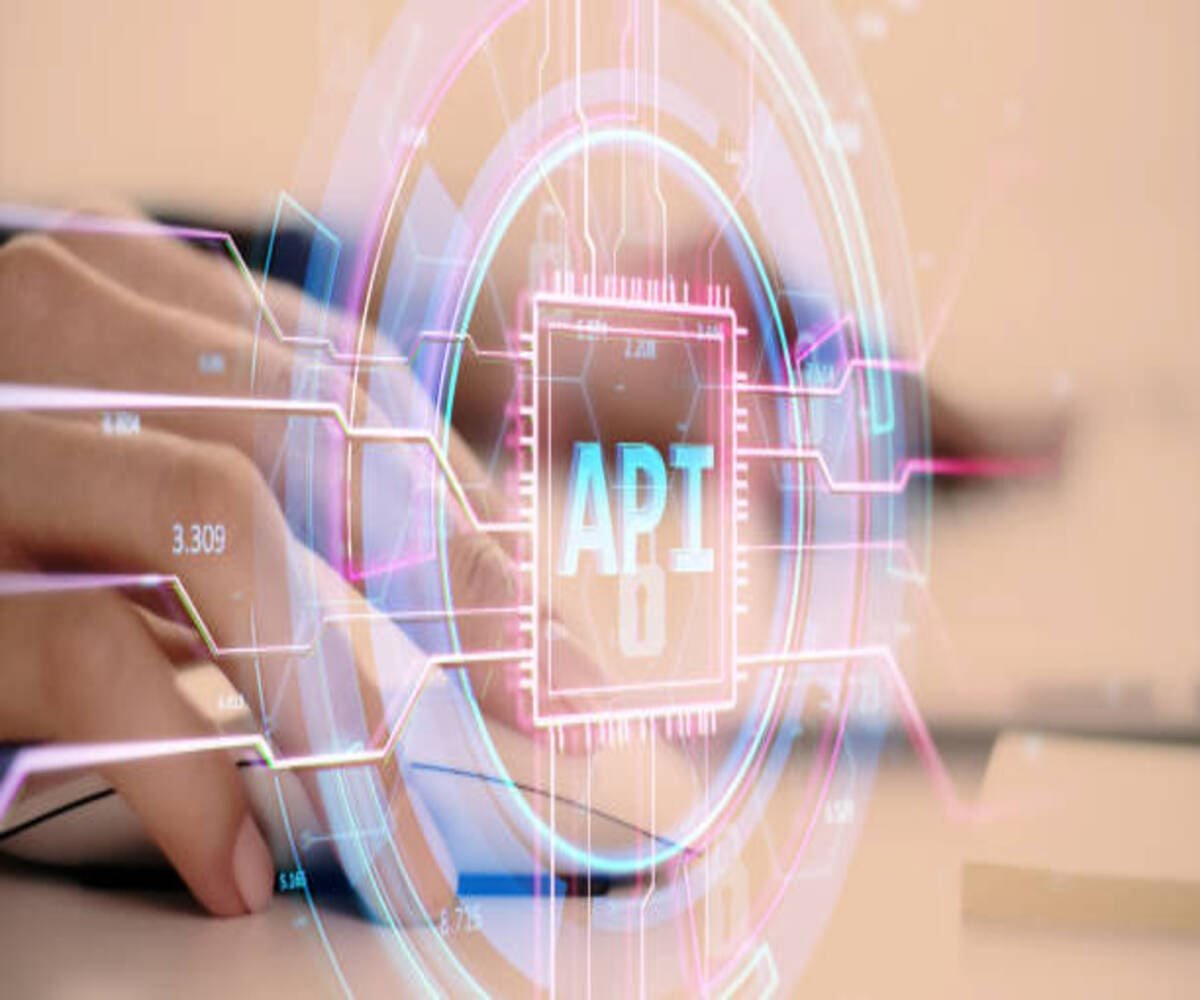Introduction
APIs (Application Programming Interfaces) serve as the backbone of modern software applications, enabling seamless communication between different services and systems. Effective API development and integration allow businesses to create scalable, secure, and high-performance applications while ensuring compatibility with third-party services. Engineering managers and developers must focus on designing well-structured APIs that align with industry standards and best practices.
This course module explores key aspects of API development, integration strategies, and best practices for building robust, maintainable APIs.
Understanding API Development
1. What is an API?
- An API is a set of rules and protocols that allow applications to communicate with each other.
- It acts as an intermediary that enables seamless data exchange between software components.
- APIs can be categorized into public, private, partner, and composite APIs based on their access levels and use cases.
2. Types of APIs
- REST (Representational State Transfer)
- Uses HTTP methods like GET, POST, PUT, DELETE.
- Follows stateless architecture for scalability.
- Commonly used for web and mobile applications.
- GraphQL
- Allows clients to request specific data rather than predefined responses.
- Reduces over-fetching and under-fetching of data.
- Used for flexible and efficient API queries.
- SOAP (Simple Object Access Protocol)
- XML-based protocol with strong security features.
- Used in enterprise applications requiring strict transactional reliability.
- WebSockets
- Enables real-time, bidirectional communication between clients and servers.
- Ideal for chat applications, live streaming, and real-time analytics.
3. API Design Principles
- Consistency: Maintain a uniform structure in endpoints and response formats.
- Scalability: Design APIs to handle increased load efficiently.
- Security: Implement authentication and authorization mechanisms like OAuth and JWT.
- Documentation: Use tools like Swagger and Postman for clear API documentation.
- Versioning: Enable backward compatibility with version control strategies (e.g., v1, v2 in endpoints).
API Integration Strategies
1. Third-Party API Integration
- Integrating external services such as payment gateways, social media logins, and cloud services.
- Managing API rate limits and handling external API failures gracefully.
2. Internal API Communication
- Enabling microservices to interact efficiently within a distributed system.
- Using Service Mesh architectures like Istio to manage inter-service API calls securely.
3. API Gateway & Load Balancing
- API Gateways (e.g., Kong, Apigee, AWS API Gateway) act as intermediaries to manage requests, authentication, and rate limiting.
- Load balancers distribute traffic across multiple servers to enhance performance.
Security Best Practices in API Development
- Authentication & Authorization: Use OAuth 2.0, JWT, or API keys for secure access control.
- Data Encryption: Implement HTTPS, TLS, and hashing mechanisms for secure data transmission.
- Rate Limiting & Throttling: Prevent abuse and overload by limiting API requests.
- Input Validation & Sanitization: Protect against SQL injection and XSS attacks.
Monitoring & Testing APIs
- API Testing Tools: Use Postman, JMeter, and Newman for functional and load testing.
- Logging & Monitoring: Implement tools like ELK Stack, Prometheus, and Grafana to track API performance.
- Automated Testing: Ensure stability using unit and integration tests with Jest, Mocha, and PyTest.
Future Trends in API Development
- Serverless APIs: Reducing infrastructure dependency using AWS Lambda, Azure Functions, and Google Cloud Functions.
- AI-Powered APIs: Enhancing applications with NLP, machine learning, and automation.
- Edge Computing & APIs: Processing data closer to the source for real-time decision-making.
Master API Development & Integration with SignifyHR !
Enhance your backend engineering skills with expert-led courses at SignifyHR.com. Learn to design, secure, and integrate APIs efficiently to build scalable, high-performance applications !

